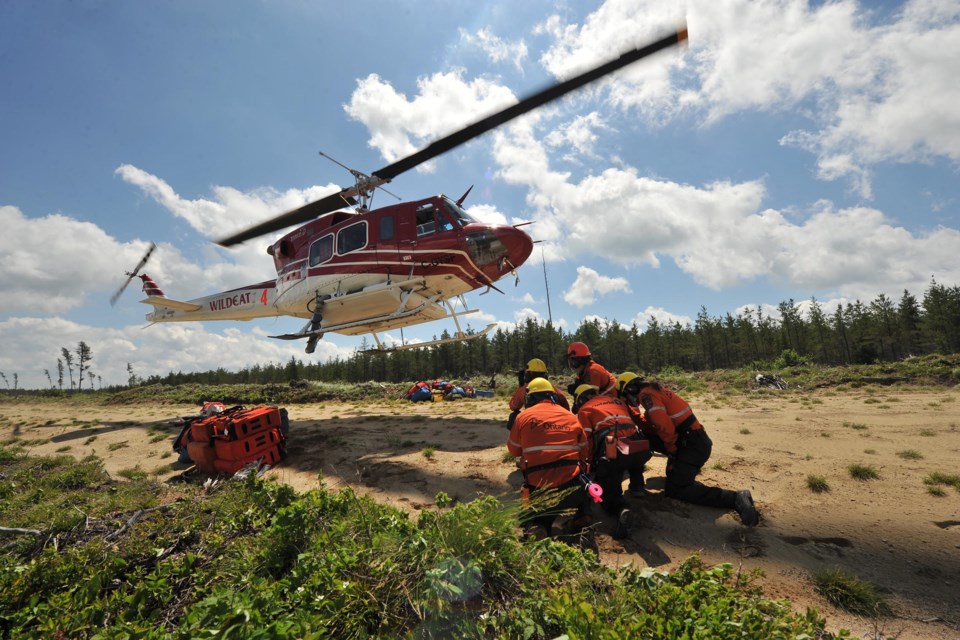DRYDEN, ON — What a difference a year makes.
In 2021, prolonged drought conditions in Northwestern Ontario were the chief contributor to the province recording the largest-ever amount of forest being burned by wildfires in a single season.
So far, this year is in stark contrast.
According to data obtained by TBnewswatch from Ontario's Aviation, Forest Fire and Emergency Services, by Aug. 8, 2021 there had been 890 fires in the Northwest Region alone.
By Aug. 8, 2022 there were only 45 fires since the beginning of the season.
On this date last year there were 120 active fires in the region, but on Aug. 8, 2022 there was only one.
More than 700,000 hectares of Northwestern Ontario forest had been burned by this date a year ago, while to date in 2022 less than 30 hectares has burned.
Chris Marchand, fire information officer at the AFFES fire management headquarters in Dryden, points to significant differences in weather patterns this year compared with last.
"We've had a lot of widespread precipitation that's been falling with regularity. That has suppressed the fire hazard in a way that really hasn't allowed it to rebound significantly between rainfalls," Marchand explained in an interview.
Despite a significant number of thunderstorms this season, he said lightning hitting the ground hasn't led to any serious outbreaks because the soil isn't anywhere near as dry as it was last year.
Experts estimated that in 2021, areas of the Northwest were three to four times more receptive to lighting-caused fires than in a normal year.
These drought conditions hadn't been seen in the region in almost five decades.
Marchand said the quiet fire season this year has given the Ministry of Northern Development, Mines, Natural Resources and Forestry the opportunity to step up training for fire ranger crews.
There's time this summer for exercises that couldn't be completed last year, such as mock fire drills.
"Those exercises judge crews on every aspect of initial attack response, from their readiness to be deployed into the field to their communications, how they load the helicopter and unload it, and all the safety checks required to operate the equipment they use," Marchand said.
Training firefighters and retaining them for future years is an important objective.
Ontario and other jurisdictions have had some difficulty this year recruiting experienced firefighters.
Going forward, Marchand said the ministry is exploring some recruitment and retention strategies.
"It's not unique to us. A lot of industries and other jurisdictions that do what we do are experiencing similar challenges."
More than 100 AFFES fire rangers and other staff are currently wrapping up a deployment to Manitoba, where they were sent to help out during an escalating fire situation there.
